IDD Bureau
Secretary of State, Mike Pompeo and Secretary of Defence Mark Esper will be heading to India to engage their counterparts as the United States of America gets down to decide on their next president.
Conventionally, diplomatic exchanges when countries chose their next leader generally don’t yield much, but this 2+2 will be different.
The Indo-Pacific region has changed. An aggressive China has forced a hitherto loose formation of major democracies to come together to form a bloc; the Quadrilateral or Quad comprising India, Japan, Australia and the US, is now weaponized. The four will be part of the naval exercise ‘Malabar’ which used to be essentially a India-US exercise. Read about the Quad here
China has equated the new bloc to a North Atlantic Treaty Organization (NATO) of the Indo-Pacific. The combined military and economic power of the four countries and their allies like the Philippines, Singapore, South Korea and others indeed gives the Quad a NATO-like feel and look.
The 2+2 Dialogue ( Oct 26 at New Delhi) is being held in this backdrop. India and the US are likely to agree to share more high-end technology, agree on more number and more complex military exercises and also agree to work even more closely on a covid-19 vaccine.
India is also expected to sign the remaining foundational agreement Basic Exchange Cooperation Agreement (BECA) that will allow sharing of geo-spatial data. Apart from allowing the Indian military access to giant US satellite network, it also signifies the India-US hug is growing stronger. The BECA will provide the necessary geo-spatial mapping enabling pin-point precision to armed drones and missiles.
The US has reportedly told India that a new administration in Washington is unlikely to change the northward trajectory of the US-India relations. And, although the Trump administration has been hawkish in Iran, it has given India the leeway to develop Chabahar port in Iran.
Historically, Indo-US relations held a promise in the 1960s when President Kennedy and Prime Minister Nehru were at the helm but were held hostage to apprehensions for about four decades. It started improving from the turn of this century, China’s aggression has come as a sweetener.
Ironically, Nehru- Eisenhower and Nehru -Kennedy interaction and growing closeness then was also in the backdrop of an assertive China and also the 1962 India-China war. Subsequently, however, as India veered towards the USSR, which later morphed into Russia, the US had broken ground with China with Pakistan’s help.
And, although Pakistan continues to be an important ally of the US especially in the context of Afghanistan-Peace Process, the US-India relationship is no longer predicated on its exchange with Pakistan.
Since the turn of this century, India has bought more hardware from America than before. And the trend is likely to continue, India also wants to acquire drones that can deliver ordnance from the USA as it tries rapidly modernizes its military.
There are, however, potential headwinds to the relationship as well. A sagging economy is leaving less and less headroom from New Delhi to look at new ventures. India desperately needs fresh investment but the quotient of confidence – a key factor that herd investment – is still to pick up.
Prime Minister Modi’s ‘Atma-Nirbhar Bharat’ ( self reliant India) initiative which envisages building bulk of the military hardware, among other things, in India could also be a difficult patch to negotiate. Companies, who have invested billions in research may not be keen to share technology with India, or anybody. The leadership on either side will have to work around this to make it a win-win for both sides. The self-reliant India, is actually a positive situation for foreign original equipment manufacturers (OEM’s) keen on working in India.






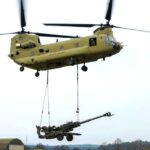





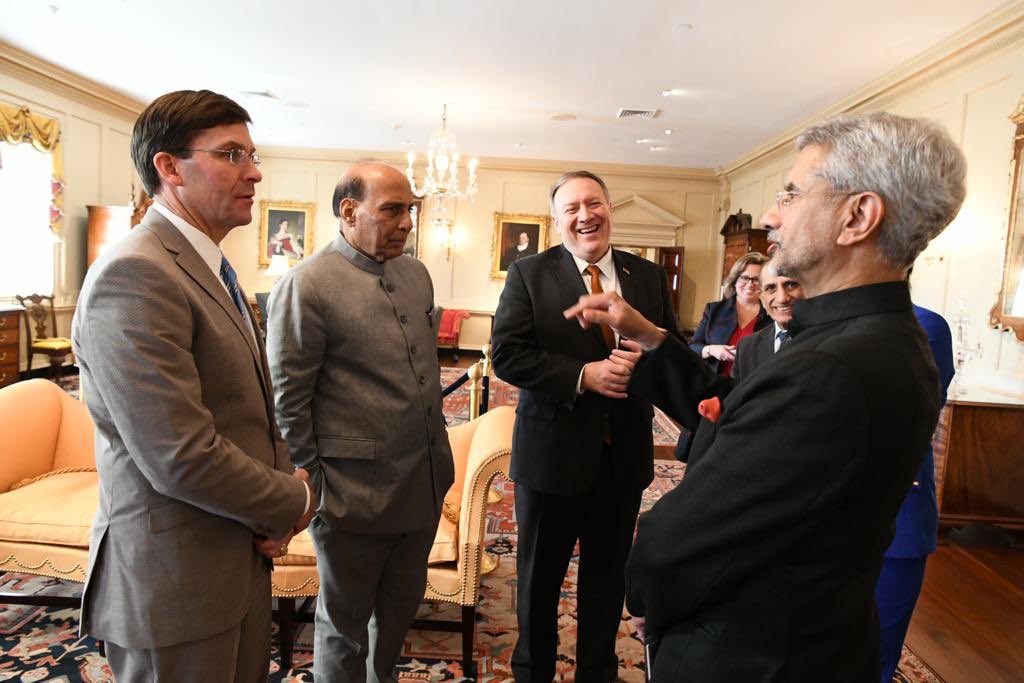


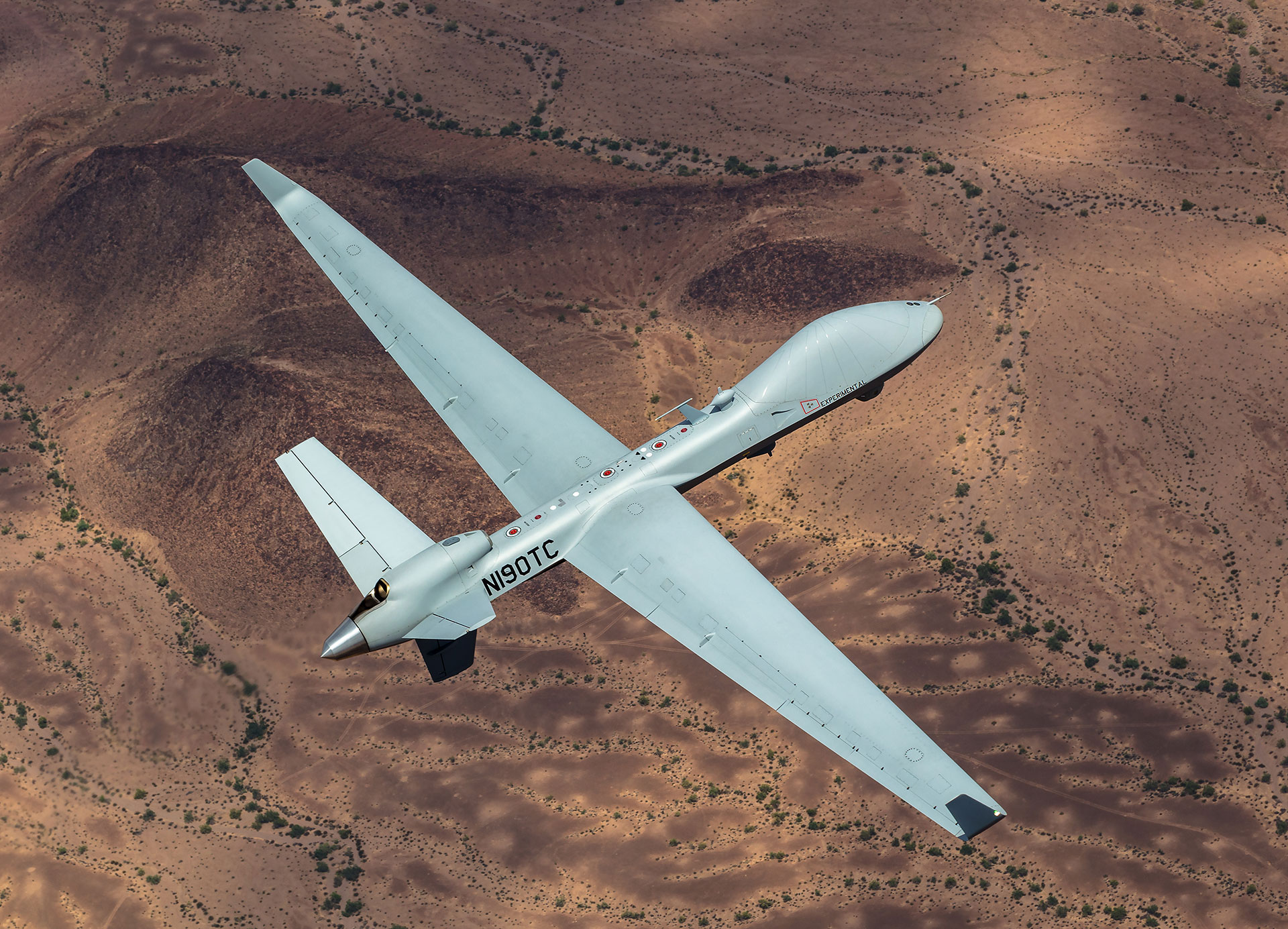
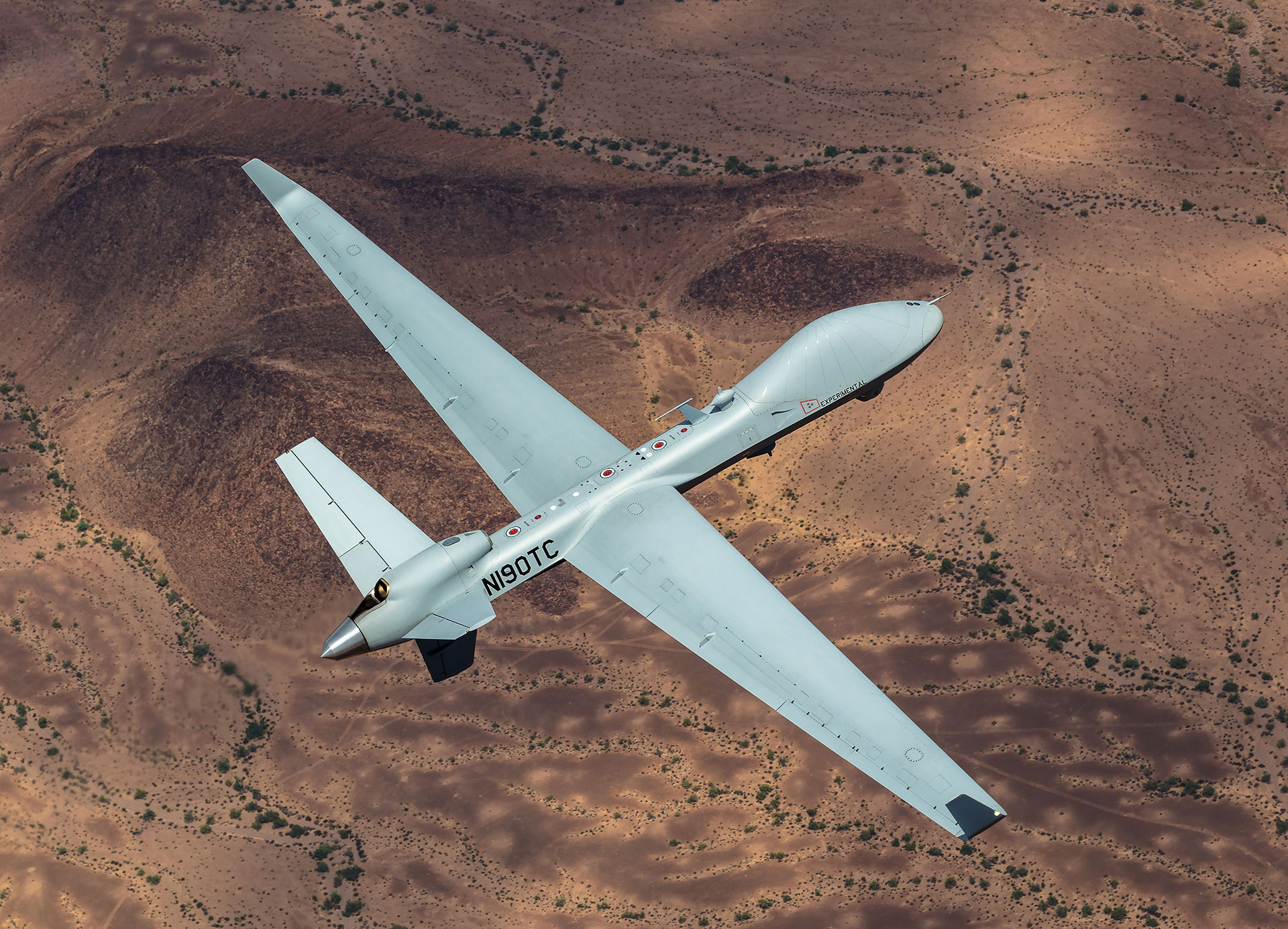
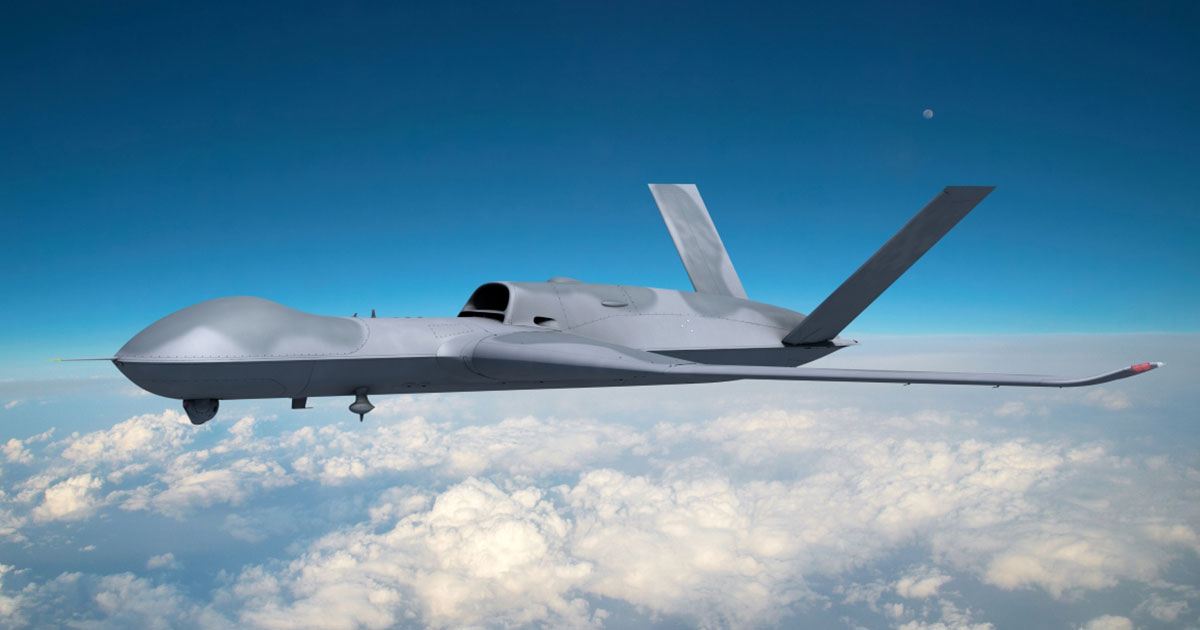
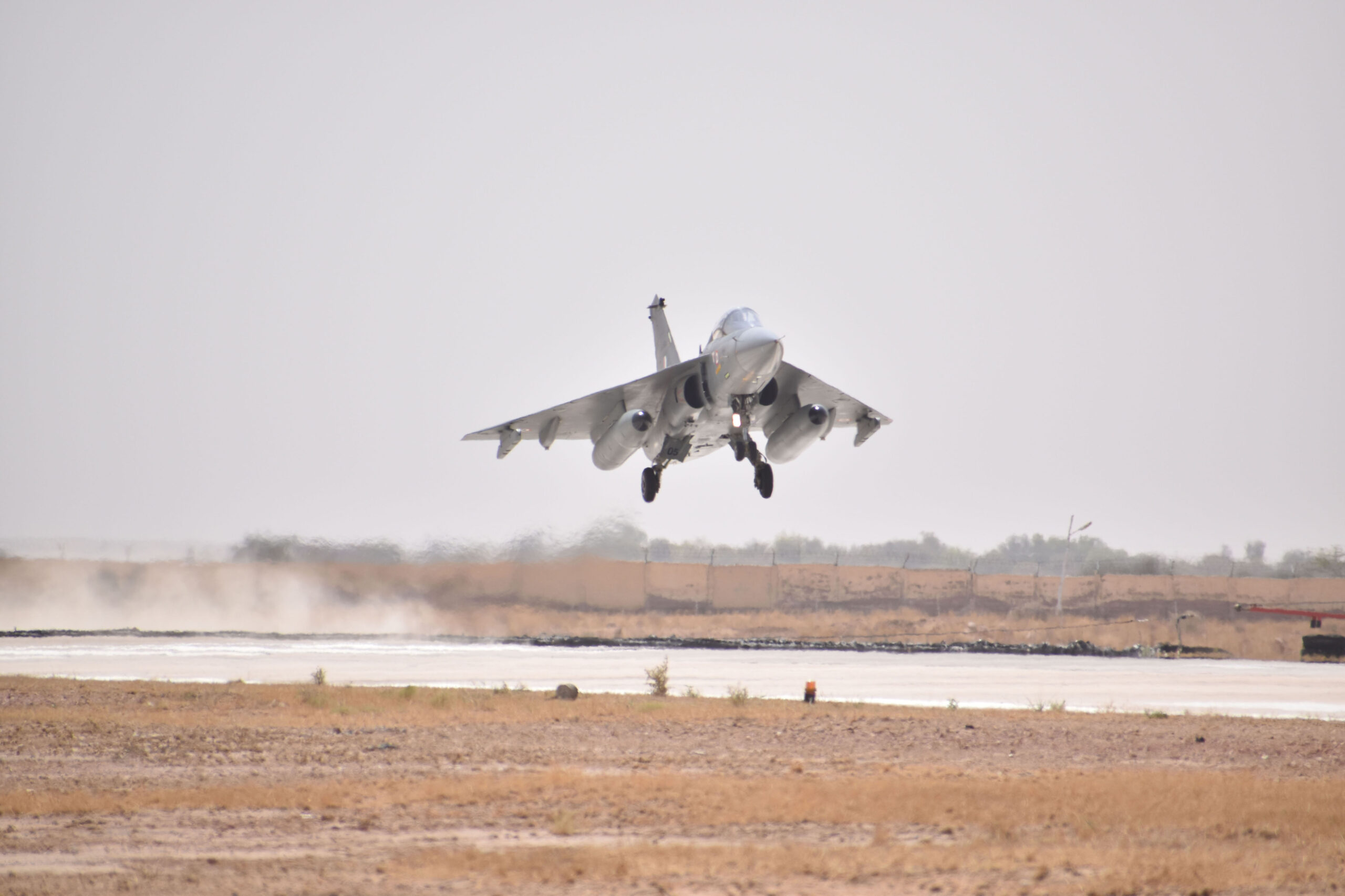
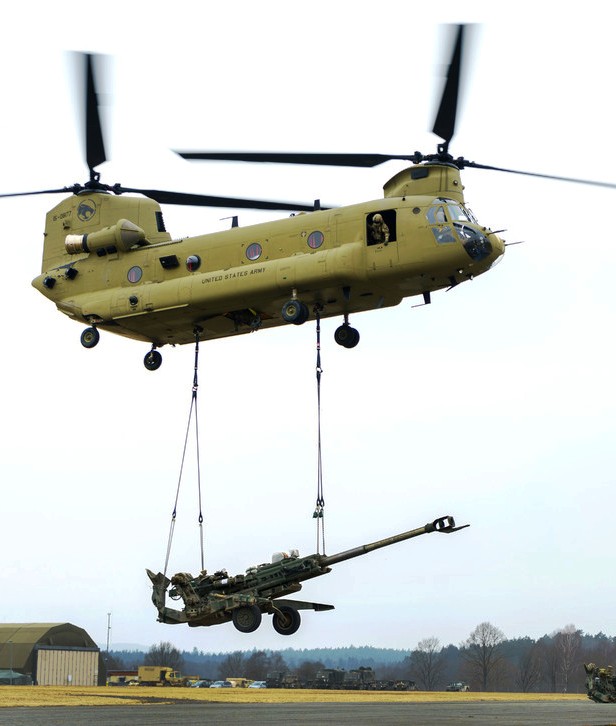
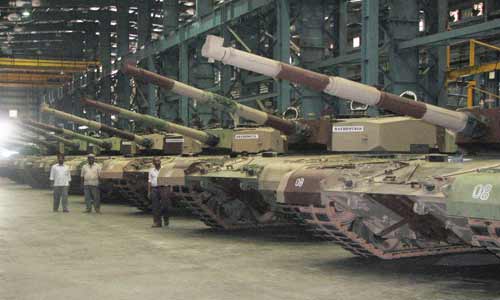

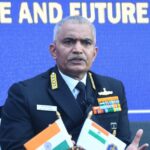
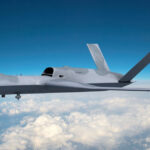
Recent Comments